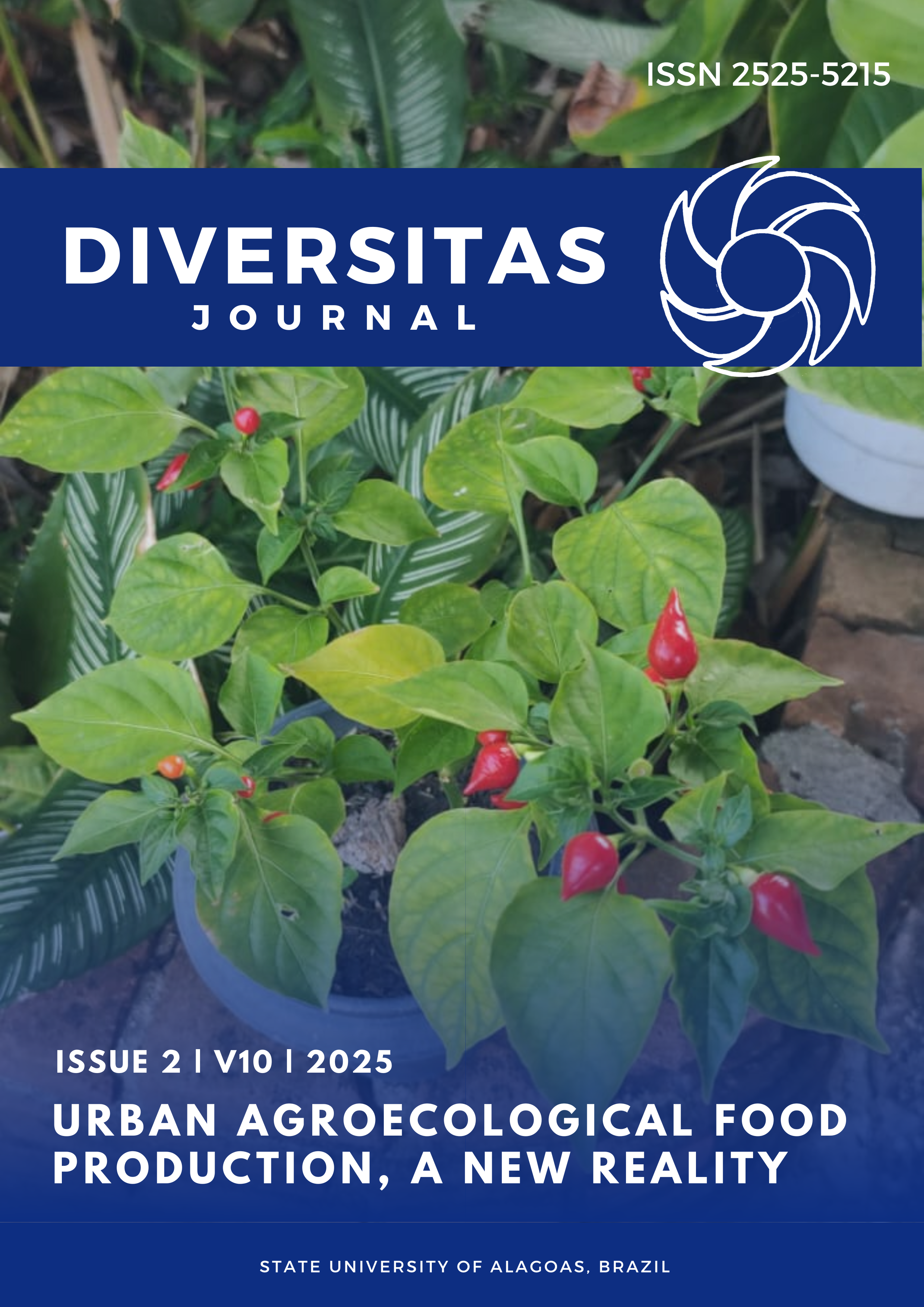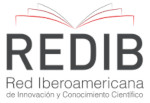The Winning Formula: Experiences of Victorious Coaches in the Regional and National Culture and Arts Competition
DOI:
https://doi.org/10.48017/dj.v10i2.3340Keywords:
Coaches, Performing Arts, Student-Performers, Winning FormulaAbstract
This qualitative research explored the lived experiences of winning culture and arts coaches of Samar State University, Samar Philippines. It focused on investigating their detailed, contextually rich accounts of their life experiences as winning performing arts coaches at the regional and national levels. Using descriptive phenomenology design, all eight (8) winning coaches of the main campus and external campuses were interviewed at their most convenient time. The gathered data was analyzed using Colaizzi’s method of analyzing qualitative data. Their lived experiences revealed four (4) main themes and eight (8) subthemes, with two subthemes in each theme. Generated themes and subthemes were; (i) The Duality of Coaching in Performing Arts, Subtheme 1.1: The Performer, Subtheme 1.2: The Coach, (ii) The Molding of the Performer, Subtheme 2.1: Strategies, Subtheme 2.2: Challenges, (iii) The Scaffolding Mechanism, Subtheme 3.1: Administrative, Subtheme 3.2: Personal, and (iv) Adhering to the Barometer, Subtheme 4.1: Preparation, Subtheme 4.2: Competition. Ethical considerations were paramount, ensuring human research ethics approval, informed consent, and data privacy protection. From the generated themes of winning performing arts coaches, a model was created titled “The Kultura Samarnon Winning Formula” by J. Fabillar (2024). This formula provides a detailed framework and matrix to ensure a winning performance. The proposed model of this study aimed to create a culture and arts development for Samar State University, especially for coaches and student-performers with a high success turn-out.
Metrics
References
Adler, K., & Adler, K. (1965). The art of accompanying and coaching (pp. 182-240). Springer US.
Bannon, F. (2004). Towards creative practice in research in dance education. Research in Dance Education. https://eric.ed.gov/?id=EJ824184
Bettinger, E., & Baker, R. (2011). The Effects of Student Coaching in College: An Evaluation of a Randomized Experiment in Student Mentoring. NBER Working Paper No. 16881. National Bureau of Economic Research.
Connelly, F.M., Clandinin, D.J., 1990. Stories of experience and narrative inquiry. Educ.Res. 19(5), 2–14. doi: 10.3102/0013189x019005002.
Creswell, J. W. (2003). Research design: Qualitative, quantitative and mixed methods approaches (2nd ed.). Thousands Oaks, CA: Sage
Franklin, J., & Doran, J. (2009). Does all coaching enhance objective performance independently evaluated by blind assessors? The importance of the coaching model and content. International Coaching Psychology Review, 4(2), 128-144.
Gearity, B. T. (2010). Effective coaching: The winning discourse or educational foundations?. Human Kinetics. https://journals.humankinetics.com/view/journals/jce/3/1/article-p69.xml
General Assembly of the World Medical Association. (2014). World Medical Association Declaration of Helsinki: ethical principles for medical research involving human subjects. The Journal of the American College of Dentists, 81(3), 14-18.
Glesne, C. (2016). Becoming qualitative researchers: An introduction. Pearson.
Grobler, B. R., Moloi, K. C., Loock, C. F., Bisschoff, T. C., & Mestry, R. J. (2006). Creating a school environment for the effective management of cultural diversity. Educational Management Administration & Leadership, 34(4), 449-472.
Growe, R., Schmersahl, K., Perry, R., & Henry, R. (2002). A Knowledge Base for Cultural Diversity in Administrator Training. Journal of Instructional Psychology, 29(3).
Henson, Florante G. "Historical development and attendant problems of cultural resource management in the Philippines." In Archaeological Heritage Management, pp. 109-117. Routledge, 2020.
Husserl, E. (1999). The essential Husserl: Basic writings in transcendental phenomenology. Indiana University Press.
Matthews, S. M., (2020). Role of Education in Transmitting Culture in Society.
McAdams, D. P., & McLean, K. C. (2013). Narrative identity. Current directions in psychological science, 22(3), 233-238.
Miles, M., Huberman, A. (1994) An expanded sourcebook: Qualitative data analysis, 2nd ed. Thousand Oaks: Sage Publications.
Pharion, J. L. (2014). Transformational leadership in coaching. Master’s thesis. Ashland University, Ashland, OH.
Pillow, W. (2003). 'Bodies are dangerous': Using feminist genealogy as policy studies methodology. Journal of Education Policy, 18(2), 145-159. https://doi.org/10.1080/0268093022000043083
Pinnegar, S., & Daynes, J. G. (2006). Situating narrative inquiry. Handbook of narrative Inquiry.
Pletcher, B., Hudson, A., Scott, L. (2019). Coaching on Borrowed Time: Balancing the Roles of the Literacy Professional. The Reading Teacher, 72 (6):689- 699.doi:10.1002/TRTR.1777
Radwan, J. (2001). Mediated Rhetoric: Presentational Symbolism and Non-Negation. American Communication Journal, 5(1).
Rafferty (2010). Considerations for integrating fitness into dance training. Journal of dance medicine & science: official publication of the International Association for Dance Medicine & Science. https://pubmed.ncbi.nlm.nih.gov/20507720/
ResearchGate. https://www.researchgate.net/publication/339816271_Role_of_Education_in_Trans mitting_Culture_in_Society
Richards & Templin, (2012). These educators are referred to as teacher-coaches. Roles and Responsibilities of a P.E Teacher.
Slaughter-Thierry, S. M. (2017). A Phenomenological Study of Educational Experiences of Gifted and Talented Professionals Working in Areas of Creative, Artistic or Performing Arts. Lamar University-Beaumont.
Stacey, D., Kryworuchko, J., Belkora, J., Davison, B. J., Durand, M. A., Eden, K. B., ... & Street, R. L. (2013). Coaching and guidance with patient decision aids: a review of theoretical and empirical evidence. BMC medical informatics and decision making, 13, 1-11.
Sugiyono, P. D. (2014). Metode Penelitian Manajemen. Yogyakarta: Alfabeta, CV.
Taie, E. S. (2011). Coaching as an approach to enhance performance. The Journal for Quality and Participation, 34(1), 34.
Weiss, C. R., Johnson-Koenke, R., Reed, S. M., Willis, D. G., & Sousa, K. H. (2023). Themes of liminality: Stories from cancer family caregiver narratives. Advances in Nursing Science, 10-1097.
Wikimedia Foundation. (2023). Philippine Association of State Universities and Colleges.
Wikipedia.https://en.wikipedia.org/wiki/Philippine_Association_of_State_Universiti es_and_Colleges
Zandra, R. A. (2021). Performing a Victory in Performing Arts Competitions. KnE Social Sciences, 251-256.
Downloads
Published
How to Cite
Issue
Section
License
Copyright (c) 2025 Jonas P. Fabillar, Niño G. Matillano

This work is licensed under a Creative Commons Attribution 4.0 International License.
The Diversitas Journal expresses that the articles are the sole responsibility of the Authors, who are familiar with Brazilian and international legislation.
Articles are peer-reviewed and care should be taken to warn of the possible incidence of plagiarism. However, plagiarism is an indisputable action by the authors.
The violation of copyright is a crime, provided for in article 184 of the Brazilian Penal Code: “Art. 184 Violating copyright and related rights: Penalty - detention, from 3 (three) months to 1 (one) year, or fine. § 1 If the violation consists of total or partial reproduction, for the purpose of direct or indirect profit, by any means or process, of intellectual work, interpretation, performance or phonogram, without the express authorization of the author, the performer, the producer , as the case may be, or whoever represents them: Penalty - imprisonment, from 2 (two) to 4 (four) years, and a fine. ”


















